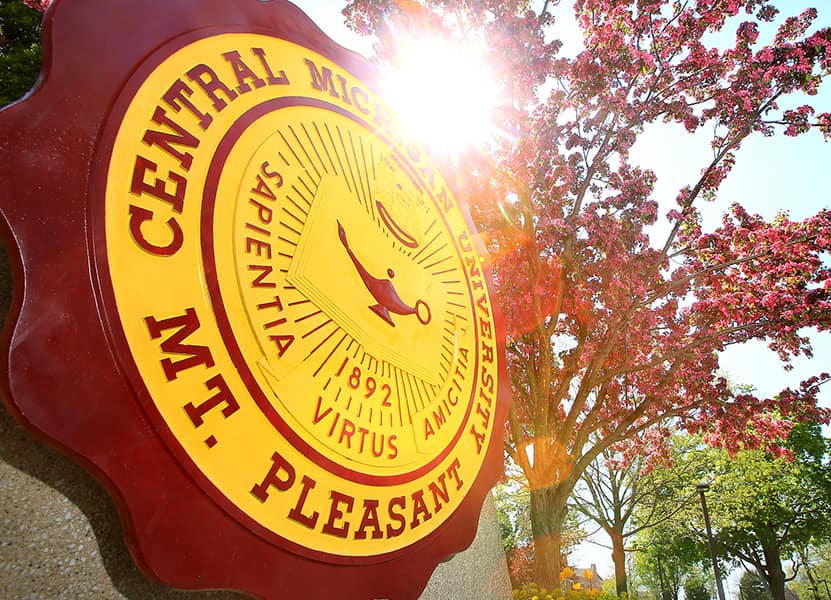Photographs, negatives, and war papers of a Catholic nurse from Adrian (Mich.) who served in World War II in Sydney and Brisbane, Australia, and Bureaun, The Philippines. Also documented are her family, friends, medical staff, a convent and nuns in Louisiana.
The original part of the collection (Boxes 1-4) is organized into two series, Negatives and Photographs and then alphabetically by topic. The images are mostly undated, but date from the 1940s through the 1960s.
The majority of this part of the collection (1.25 cubic ft.) consists of undated Negatives, mostly of Grace’s relatives. There are many images of a family with four girls playing, eating, celebrating birthdays, going to school, being baptized, preparing for First Holy Communion, with Easter baskets, on vacation, and with extended family. The family traveled overseas, as well as to camp and enjoyed speed boating and fun with a jeep, during the 1950s-1960s. A family dog is in several negatives as well as the girls’ swing set. There are a number of images of a family with two boys, probably also relatives, playing, at a summer camp, and with family members.
There are numerous negatives a nun, who was a family member, first as a novice, and later as a professed nun, by herself, but more often with other nuns or family members, most often the four girls, their parents, and probably the nun’s mother, at church, the convent, visiting shrines, and at family gatherings. A number of the photographs clearly show the address of the convent as 717 Orleans Street. She was a member of the Holy Family Convent in New Orleans (Louisiana). [This information is from an e-news article in the Clarion Herald (the) Official Catholic Newspaper of the Archdiocese of New Orleans, Vol. 42, No. 14, July 2, 2003. According to the article, the convent moved to another location in 1955 after 80 years at 717. A convent, novitiate, and high school, St. Mary’s Academy, were once located at 717.]
Grace’s niece wrote to the archivist that a close family friend, Sr. Mary Matthew (a black nun) was from New Orleans. Francis’ daughter, Margaret Kelly’s sister, is also a (white) nun, Sr. Ruth Anne Kelly, an Adrian Dominican.
A priest is often in the family photographs, particularly with the family of four girls and with the nun. He may have been a family member as well.
Older negatives show the four girls’ Grandma, a boy often wearing knickers, and other senior family members wearing 1920s-1930s era clothing. Grandma apparently lived in her house, as the four girls visited her there with their parents. Grandma’s backyard, with her birdhouse and swing, with numerous large family gatherings, is featured in many negatives.
One folder of negatives shows Grace and various men in military uniforms with family members before leaving to serve in World War II. A common element in the negatives is the large pile of concrete blocks in the backyard.
Additional negatives show animals, buildings, trips, cars, and flowers, trees, etc.
The rest of the collection consists of Photographs (.5 cubic ft.). Most of the Photographs date from World War II and document Lieutenant Grace Kelly’s nursing experience and training at Fort Custer (Battle Creek, Michigan), in October 1943, in Brisbane and Sydney, Australia, in 1944, and in Bureaun, the Philippines, in 1945. The barracks, housing, operating room and equipment, island natives, nurses (working, relaxing, fooling around, on ship, in trucks, hauling equipment, and sightseeing), doctors, medical corpsmen, soldiers, prisoners, patients, animals, scenic wonders, as well as vehicles are documented.
Other photographs document later family barbecues and children in August 1960, and there is one photograph of a nun (Grace’s sister?) with a little girl (Grace’s niece?), dated September 1956.
A few additional, undated photographs of crowds at a Grand Stand, and people in an arena or stadium with loud speakers complete the collection.
All of the negatives that match photographs have been filed with the appropriate photograph.
The 2015 addition, Box 5 (.5 cubic feet) to the collection is a mix of incomplete materials, mostly papers, including U.S. Army special orders and other forms regarding Kelly’s enlistment, transfers, equipment, leave, hospitalization, demobilization, and clearance forms, receipts, and an application for pension. There is also information about how to set up a hospital and what equipment and supplies are necessary for such a hospital. There are some maps of hospital camp layouts, including one that is unidentified and one of Leyte Bay. There is a newspaper article about Kelly, which probably dates from the end of the war. There is also a newspaper image with text about the Angels of Bataan, nurses who were POWs of the Japanese. Kelly was not a POW. Also of interest are some poems, clearly authored by Americans serving in the Pacific. One poem is from a newsletter. Authorship of the poems is unknown.
It is likely that most of the photographs and pamphlets were the property of at least one of her brothers as they are European in nature. Most of the photographs are unidentified and only three are dated, all 1945. The photographs are pretty general in nature and include various civilian buildings and people, soldiers, planes in formation high overhead, various boats, and tents. Several photographs are identified as images taken in England, near the Elbe, along the Rhine, and in Munich. There is one photograph of an unidentified group of nurses. Ralph Kelly, who served in Bavaria, is identified in two images. There is an interesting sequence of four images showing several men practicing a life boat drill.
One item that is definitely that of Francis P. Kelly’s is an invitation to Eisenhower’s inauguration (copy), 1953.
Processing Notes: Many of the forms and the inaugural invitation were extremely acidic and were copied. Originals were removed from the collection. Also removed from the collection were several general publications about the war.
